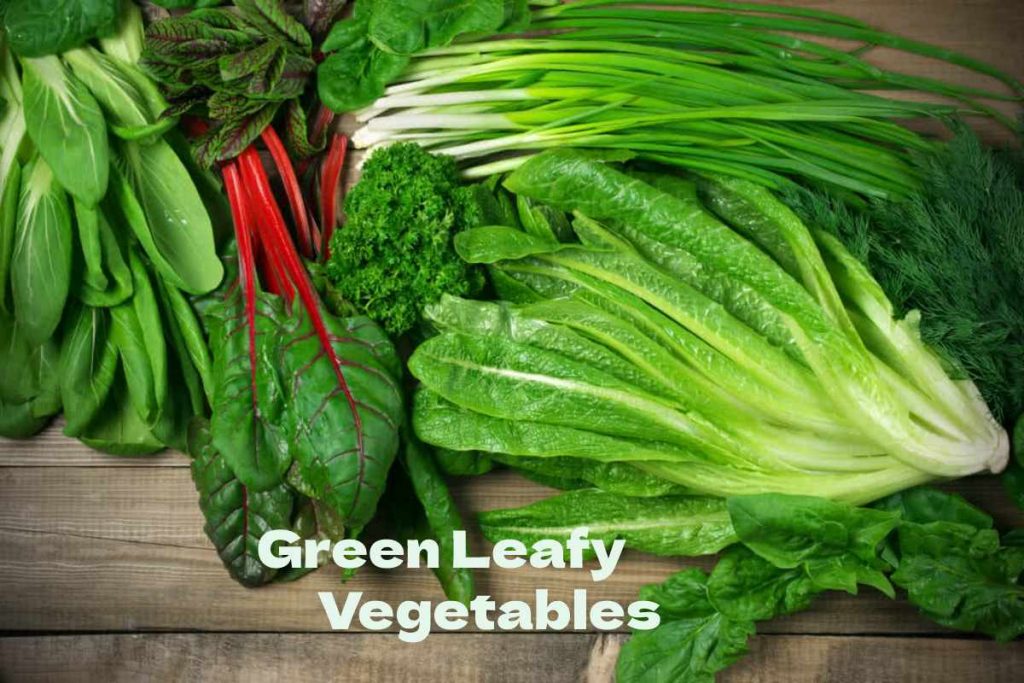Table of Contents
Introduction
Green leafy vegetables contain high levels of vitamins, such as vitamin a, vitamin c, vitamin e, and vitamin k, and also provide some of the nutrients the body needs, such as iron, magnesium, calcium, potassium, vitamin b, and folic acid.
All these vitamins and minerals contribute to maintaining body function to function properly.
Prevent Chronic Diseases
Here is the role of leafy vegetables in the prevention of chronic diseases:
Dark vegetables provide a large amount of folic acid, a type of b-compound vitamin, promotes heart health, helps reduces certain birth defects, and is necessary to prevent DNA recurrence errors and protects against cancer development.
Several global studies have shown that eating large amounts of folic acid may reduce the risk of colon tumors by 30% to 40% compared to low consumption of this vitamin.
Other research suggests that low-voltage diets may increase the risk of breast cancer, cervical cancer, and lung cancer.
Adding more green vegetables to your balanced diet increases dietary fiber intake, which in turn regulates digestive functioning and helps maintain gut health, and these characteristics are particularly beneficial for those with type 2 diabetes.
Prevention of Weight Gain
Perhaps one of the most engaging benefits of dark green leafy vegetables is their low-calorie content, carbohydrates, and low blood sugar index, which make them an ideal food to facilitate access to and maintain a healthy weight.
Top Leafy Vegetables
After learning about the benefits of leafy vegetables, here are examples of their types, the most important leafy vegetables that are beneficial to your health that you should include in your diet are:
Spinach
Natural compounds in leafy vegetables such as spinach can help prevent a range of health problems, such as age-related eye diseases, iron deficiency anemia, and Alzheimer’s disease.
Spinach may also help lower sodium levels and increase potassium levels, which is necessary to control blood pressure.
Kale
kale is very popular because it is a common key ingredient in green juices and is rich in vitamins such as vitamin a, vitamin c, vitamin k, as well as calcium, and magnesium.
Cabbage
The healthy little green leaves of cabbage are rich in nutrients, such as vitamins such as vitamin a, vitamin c, and vitamin k, they are great for salads, or to be next to them in most dinner recipes.
Lettuce
Lettuce contains vitamin a and folic acid that you are looking for to maintain your health.
Watercress
Watercress is a low-calorie, flavor-filled source, and this paper contains 90% water, making it a great leafy vegetable to help you moisturize your body.
Recommended Intake of Leafy Vegetables
The amount of dark green vegetables you should consume daily depends on your age, gender, and level of physical activity
Consuming three glasses of dark green leafy vegetables a week can help improve your diet.
Green leafy vegetables are recommended by age group as follows:
Age group
Quantity
Children
Half a cup to one and a half cups a week.
Women
One and a half cups a week.
Men
Two cups a week.
Dealing Safely with Leafy Vegetables
Deal safely with leafy vegetables to reduce the risk of poisoning when eating them. Here’s the most important thing to consider:
Purchase Instructions
When buying leafy vegetables, choose products without damaged leaves. And also, make sure the vegetables are kept in the fridge.
Storage
Do not wash paper vegetables before storage.
Moreover, Place them in a plastic container lined with paper towels that prevent rot and bruising.
Keep a sink in the vegetable drawer in the refrigerator to prevent them from wilting.
Washing
when you need to eat leafy vegetables, immerse the leaves in a bowl of cold water for a few minutes to get rid of the dust stuck in them.
Rinse them in a bowl or under running water, and dry them with paper towels.


